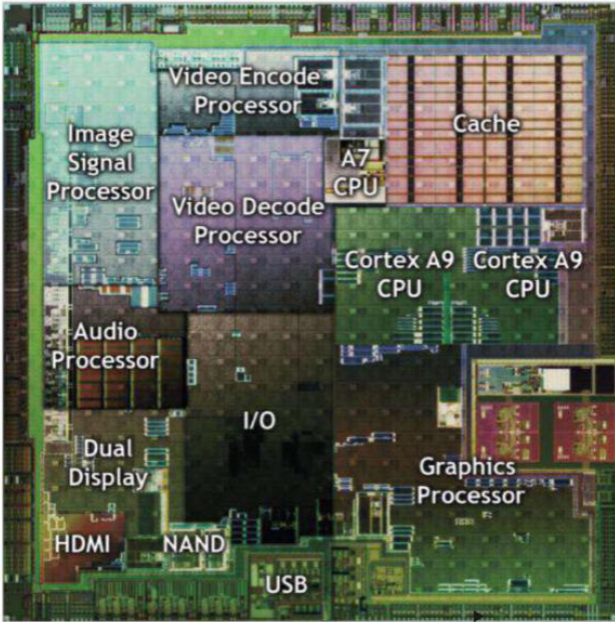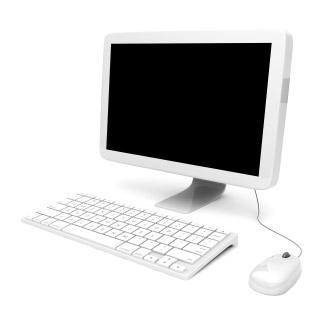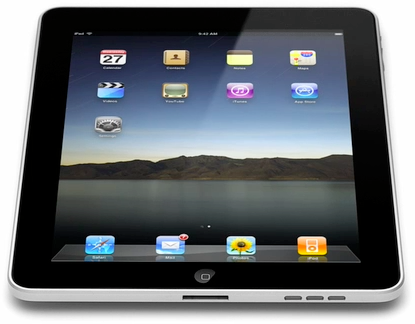Architecture development

Because today’s ARM processors and
cores (we’ll differentiate between these two terms later) are direct
descendents of the original ARM chip that was designed for Acorn’s Archimedes
back in 1987, they are referred to as ARM architecture devices. This is similar
to today’s Intel and AMD chips, which grew out of the Intel 8086 and its
successors, and are therefore described as adhering to the x86 architecture.
Here we’ll look at what was unique about the ARM architecture when it appeared
25 years ago, how it has evolved over the years, why that evolution hasn’t
paralleled that of the 86 architecture, and what remains distinctive about it
today.
Those who have followed the
development of the PC over the years will no doubt he familiar with the concept
of processor generations within the x86 architecture. In recent years the
dividing lines have become somewhat less distinct, but in the early days we saw
the first generation 8086 (or 8088) give way to the 80286 and subsequently to
the 80386, 80486, the Pentium and so on. The same is true of the ARM
architecture, but with one important difference. In the realm of x86, new
generations have, on a couple of occasions, been associated with the
introduction of a new headline figure for the width of the data pathways — something
that has a significant impact on performance. So the x86 architecture lunched
with the 16-bit 8086, and subsequent developments have brought us 32 bits and
eventually the 64-bit architecture we enjoy today. In total contrast to this,
the ARM architecture made its debut at 32 bits and has yet to make the
transition to 64 bits. However, that shouldn’t be interpreted as a lack of
innovation, as a few facts and figures vi1l reveal.
The first ARM processor saw the light
of day in 1985, and while it was never used commercially, the ARM 2 that
followed it, and which powered the first Archimedes PC, wasn’t too dissimilar.
Although it was based on a 32-bit architecture, it had a 26-bit address bus,
which meant that it could address 64MB of memory. Although not a lot by today’s
standards, this was a huge amount in the mid-’80s. The clock frequency of 8MHz
also sounds rather pedestrian although, as a result of the RISC design, it was
able to provide a speed of 4 MIPS (million instructions per second). To put this
into context, the Intel 80386, which appeared on the scene a year later, was
just a touch faster at 5 MIPS, but to achieve this it had to be clocked at
16MHz. However, to see the advances the ARM architecture has enjoyed in a
quarter century of development, we really need to draw some comparisons with
today’s offerings.
In terms of raw performance, today’s
top-end core is the Cortex-A15, which is based on the seventh generation
architecture, known as ARMv7. Although the clock speed depends on the manufacturer
(ARM Holdings itself doesn’t manufacture any silicon), a figure of 2.5GHz is
considered a likely ceiling, and at this speed it would clock up a performance
of around 35,000 MIPS. While this comes nowhere near the latest Intel Core i7,
we’re not comparing like with like. When expressed in terms of MIPS per core
per MHz, although it still doesn’t overtake the core i7, the Cortex-A15 comes
much closer — but even this is missing the point. Indications are that the
Cortex-A15 will consume less than a watt per core compared to tens of watts per
core for the Core 17. In this respect it comes closer to the Intel Atom, but
with much greater performance.
Spotlight
on the Archimedes
How
the BBC Micro’s successor changed the face of computing
The Archimedes was never as
well known as its hugely successful predecessor, the BBC Micro. Yet without it,
the ARM architecture would probably never have come into being and today’s
smartphones and tablets might boast Intel rather than ARM technology. So what
was so special about this personal computer that it changed the face of the
micro electronics industry?
At first sight, the
specification doesn’t sound particularly special. The entry- level model 305
had an 8MHz processor, 512KB of memory and a single floppy disk drive (a hard
disk was an optional extra), and it cost $1438.4. However, in comparison to
most home computers of the day, which were little more than toys, cassette tape
data storage and all, the Archimedes was much closer we’d think of as a proper
PC. Of course the IBM PC and the Apple Mac were already available, and while
these were undoubtedly serious computers, they had price tags that, back in
1987, meant that they were first and foremost business tools and rarely found
their way into the home. What made the Archimedes stand out from anything else
at the time with a similar price tag was its graphics. With a resolution of 640
x 256 (or 640 x 512 with the optional high resolution monitor) in 256 colours,
the Archimedes stood head and shoulders above the competition. Even the IBM PC
could only boast 640 x 200 pixels in monochrome or 320 x 200 in four colours.
And while Windows wouldn’t become popular on the PC for another five years with
the launch of Windows 3.0, at the outset the Archimedes could boast a graphical
user interface. This brings us back to that innovative 32-bit RISC ARM chip,
without which the Archimedes’ high resolution graphics and GUI just wouldn’t
have been feasible.

The Acorn Archimedes was ground breaking, due In no small part to the ARM
processor inside
A semiconductor IP supplier

Devices
like tablets benefit from ARM’s low-power RISC designs
The world’s first semiconductor
companies designed and manufactured chips. Intel still adheres to this model,
manufacturing its processors at Intel-owned fabs (industry jargon for
fabrication plants, mainly in Arizona and Oregon. Although AMD originally
worked in the same way it is now a fabless semiconductor company. This means
that, although it designs and markets microprocessors, it subcontracts the
manufacturing to a so-called silicon foundry ARM Holdings is even further
removed from real-world products since, although it designs processors, it
neither manufactures silicon chips nor markets ARM-branded hardware. Instead it
sells, or more accurately licences, intellectual property (IP), which allows
other semiconductor companies to manufacture ARM-based hardware. These chips
might be microprocessors as we understand the word, but alternatively they
could be complicated chips that form the basis of a mobile phone, for example,
of which the ability to execute software is just one element.
So in buying the rights to manufacture
an ARM- based product, exactly what does a semiconductor manufacturer receive?
We put this question to Ed Plowman, technical marketing manager at ARM’s Media
Processing Division. “Originally the predominant mode of delivery was via hard
macros,” he told us. “This is a definition the chip’s layout — what to deposit
where, and how to connect it all together to make a working circuit”. Over time
though, as the number of transistors in the chips increased, along with the
number of processes by which each could be manufactured, this became
impractical. Designs arc now mainly supplied as a circuit description, from
which the manufacturer creates a physical design to meet the needs of its own
manufacturing processes. But this data isn’t supplied as a circuit diagram —
it’s provided in a hardware description language that provides a textual
definition of how the building blocks connect together. The language used is
RTL (register transfer-level), which means, as Ed says, “the definition isn’t
at the transistor level, but defines how data flows between registers”. This
isn’t an area where one size fits all, though. ARM sometimes still chooses to
implement a hard macro to improve time to market and optimised solutions for
certain high-volume process technology nodes. This is the way, for example,
that the Osprey (dual-Cortex-A9) is delivered so pretty much all the
manufacturer has to do is create the masks.